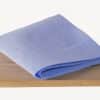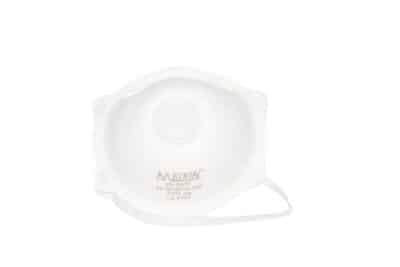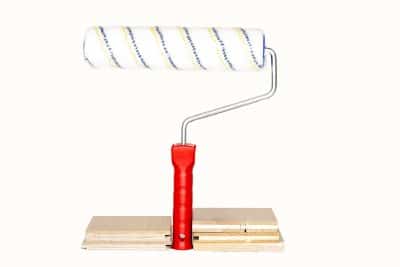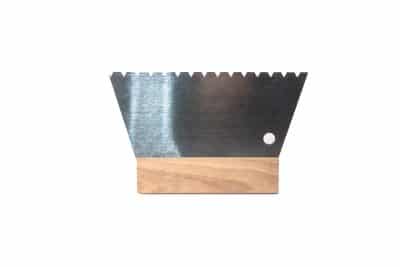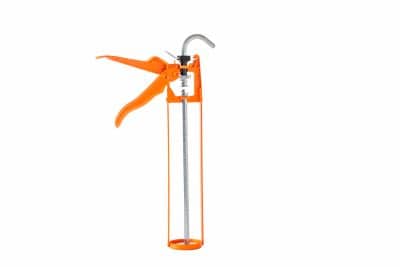Rubber cork sheet roll
€227,40 – €290,40Price range: €227,40 through €290,40
* The product can be ordered with delivery only as a courier service.
Very low emission, flexible, rot resistant, 2 mm, 3 mm and 5 mm thick insulation material in rolls. Made of rubber and cork granules bonded to polyurethane. Suitable before laying ceramic, stone, flexible (PVC, rubber, linoleum), laminate and wood floors. Suitable for laying on all types of substrates: cement-based, mineral-based, wood, old ceramics, stone, rubber, etc. The material is intended for professional use.
Advantages:
- effectively isolates step noises;
- easy to install;
- can be laid immediately before flooring;
- plan;
- with very low emissions of volatile organic compounds (EC1);
- can be present on heated floors;
- certified according to current standards.
Recommendations:
- Only present on horizontal surfaces indoors.
- No direct load on the material.
- Not suitable for light or glossy resilient floors as well as under dense floors.
- Before laying the floor covering, a compensating tape must be applied to the perimeter of the wall to prevent acoustics.
- Do not expose the material to direct sunlight.
- Present the material only on completely hardened cementitious surfaces.
- Do not lay the material under floating floors.
- Make sure that the material is applied on a hard surface.
- Do not apply according to deformation joints or structural cracks.
- Do not apply on surfaces where moisture is constantly increasing.
Surface preparation: rubber cork may be applied to all cementitious or anhydrite surfaces, provided that they are well hardened, mechanically strong, bondable, dry, smooth, free of cracks and dust, and free of other adhesion-inhibiting materials. Cracks can be filled with materials such as Eporip, Eporip Turbo or Epojet. If the moisture content of the cementitious surface is higher than the permissible level, wait until it is completely dry or apply a waterproof, 1-component, polyurethane primer or equivalent to create a suitable vapor barrier. Rubber cork may only be applied to anhydrite surfaces with a moisture content of less than 0.5%.
Rubber cork can be laid on old ceramic, stone, wood and resilient floors, as long as they adhere well to the substrate and are cleaned of grease, oil, wax, varnish, etc. On uneven surfaces and where equipment fittings (such as electrical cables and pipes) pass through the base, the surface must be leveled before the material is laid. Find the right material to level the surface.
Application procedure: before removing the protective film from the rubber cork rolls and before applying the material, around the perimeter of the room, around the posts and other elements, a compensating tape must be applied.
Alcohol-based resin-based or dispersion-based adhesives can be used on absorbent surfaces. Polyurethane adhesive can be used on non-absorbent surfaces. When gluing rubber cork, the same glue must be used before the parquet, as the glue for wood, such as alcohol-based resins or polyurethane-based glues.
The material should be laid in a continuous layer, especially carefully in the corners of the room and at the joints of the elements. Unroll the roll of rubber cork on the longest side of the room and cut to the required length. Then roll about half of the cut length, leaving the other half rolled out on the surface. Apply the glue to the surface with a notched trowel and immediately roll out the rubber stopper on the glue. To achieve perfect adhesion, prevent creases and air bubbles, immediately after applying the rubber stopper, on the other hand, roll the material to the middle (to the point where there is already glue) and continue gluing from the center, moving to the edges.
Follow the same procedure for subsequent rolls, making sure they are tight, without overlaps or gaps. The entire surface of the room must be covered. 24 – 48 hours after applying the rubber cork to the entire surface, the new floor covering can be laid. Use a suitable adhesive, taking into account the size and type of flooring. In the new floor covering, create new deformation joints according to those on the base surface.
Sealing: after laying the floor covering, cut off the compensating tape. Along the perimeter of the room, skirting boards must be placed so that they do not come into direct contact with the floor. Fill the gap between the skirting board and the floor with a suitable, flexible sealant. Before using the sealant, please make sure that the material is suitable for the floor covering by reading the technical instructions sheet.
Caution: although the instructions and guidelines contained in this technical manual are based on the company’s knowledge and extensive experience, they should in any case be considered as guidelines only and should be verified by the user during long-term use. Therefore, anyone using this material must make sure in advance that it is suitable for the intended use and, in any case, the user must be responsible for the consequences of using the product.
Technical data:
- Thickness: 2 mm, 3 mm and 5 mm (+/- 0.5 mm).
- Composition: Cork, rubber, polyurethane.
- Color: Brown-black.
- Density: 420 kg / m³ (+/- 13 kg).
- Width: 1 m.
- Length: 2 mm – 30 m2; 20m2; 5 mm – 16 m2.
- Storage: At least 1 year, free from direct sunlight and other weather conditions.
- Ecology: Does not pollute the environment, toxicly safe.
- Recycling: In useful energy.
- Disposal: Together with household waste.
- Compatibility: No incompatibilities known.
- Thermal resistance: 2 mm – 0.041 m²K / W; 5 mm – 0.102 m³K / W.
- Directional sound insulation (according to DIN NE ISO 140-8): 2 mm – 17 db; 5 mm – 21 pcs.
- Maximum impact sound insulation: 2 mm – 25 db; 5 mm – 30 pcs.
- Step sound insulation compared to 2 mm polyethylene foil 30 kg / m³ (EPLF 021029-1 to 3): 2 mm – 6%; 5 mm – 11%.
- Fire safety class: B2.
Rubber cork_instruction for use
| Biezums | 2mm, 3mm, 5mm |
|---|
Related products
Different
Different
Different
Different
Different
Different
Different
Different

 LV
LV RU
RU



